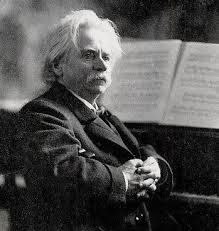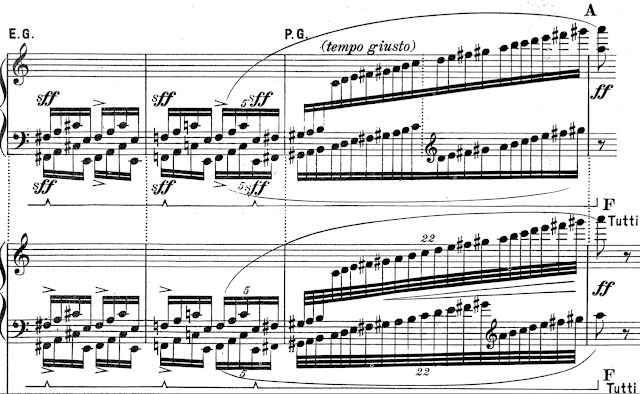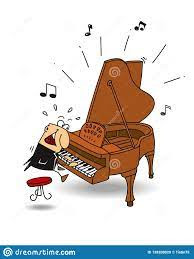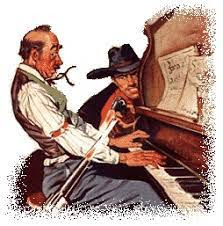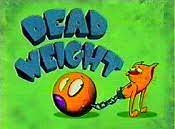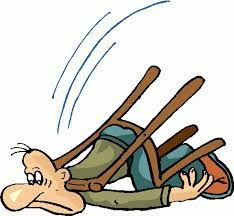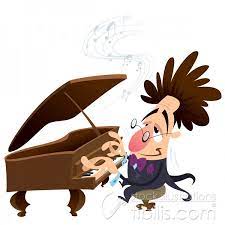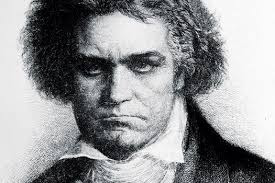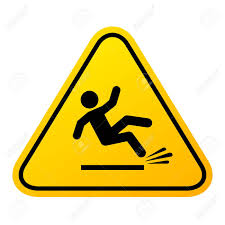A pianist writes: "A violin student intended to play [a duo sonata]
from memory. Friction apparently ensued when the pianist sug-
gested that it was not appropriate for the violinist to play from memory when the pianist was playing from score." The teacher, Dorothy DeLay of Juilliard fame, responded that the pianist was "being lazy" and that if he wanted to "look like an idiot," let him. "How is such a conflict to be handled," asks the pianist. "What is your opinion on the etiquette?"
I never met Ms. DeLay, though I worked with some of her students in the 1970s. (Yes, that's how old I am.) I can't confirm the accuracy of the remarks attributed to her, but I can verify that such attitudes were in circulation at that time, perhaps not so much these days. The comments are typical of a type of diva, one who perhaps hasn't performed much professionally, but rather has developed a reputation for shaping well-prepared students for high-profile careers, i.e., Perlman and Zuckerman. A person who would make such a remark doesn't know diddly-squat about performance practices and related courtesies. Had I been that pianist, I would have responded, "But Ms DeLay, I have to learn not only violin repertoire, but also that of the cello and other instruments, as well as art songs and opera arias for all voice types, sometimes having to play the same songs in different keys."
 For me though, it's a non-issue. When I began working with violinist Christiane Edinger for a concert at Carnegie Recital Hall—she was a student of Joseph Fuchs who was a colleague of DeLay—she asked me if I minded that she played duo sonatas from memory. She offered to set up a music stand with the score on it, but she wouldn't read it because she couldn't see well enough without her glasses and she didn't want to play with them on. I didn't care one way or the other. It was my belief—and still is—that everyone on stage should feel comfortable. Typically, though, in chamber music everyone uses the score. Only once in my concert-going life have I heard a collaborative pianist perform without the score. That was David Garvey, Michael Rabin's pianist.
For me though, it's a non-issue. When I began working with violinist Christiane Edinger for a concert at Carnegie Recital Hall—she was a student of Joseph Fuchs who was a colleague of DeLay—she asked me if I minded that she played duo sonatas from memory. She offered to set up a music stand with the score on it, but she wouldn't read it because she couldn't see well enough without her glasses and she didn't want to play with them on. I didn't care one way or the other. It was my belief—and still is—that everyone on stage should feel comfortable. Typically, though, in chamber music everyone uses the score. Only once in my concert-going life have I heard a collaborative pianist perform without the score. That was David Garvey, Michael Rabin's pianist.
